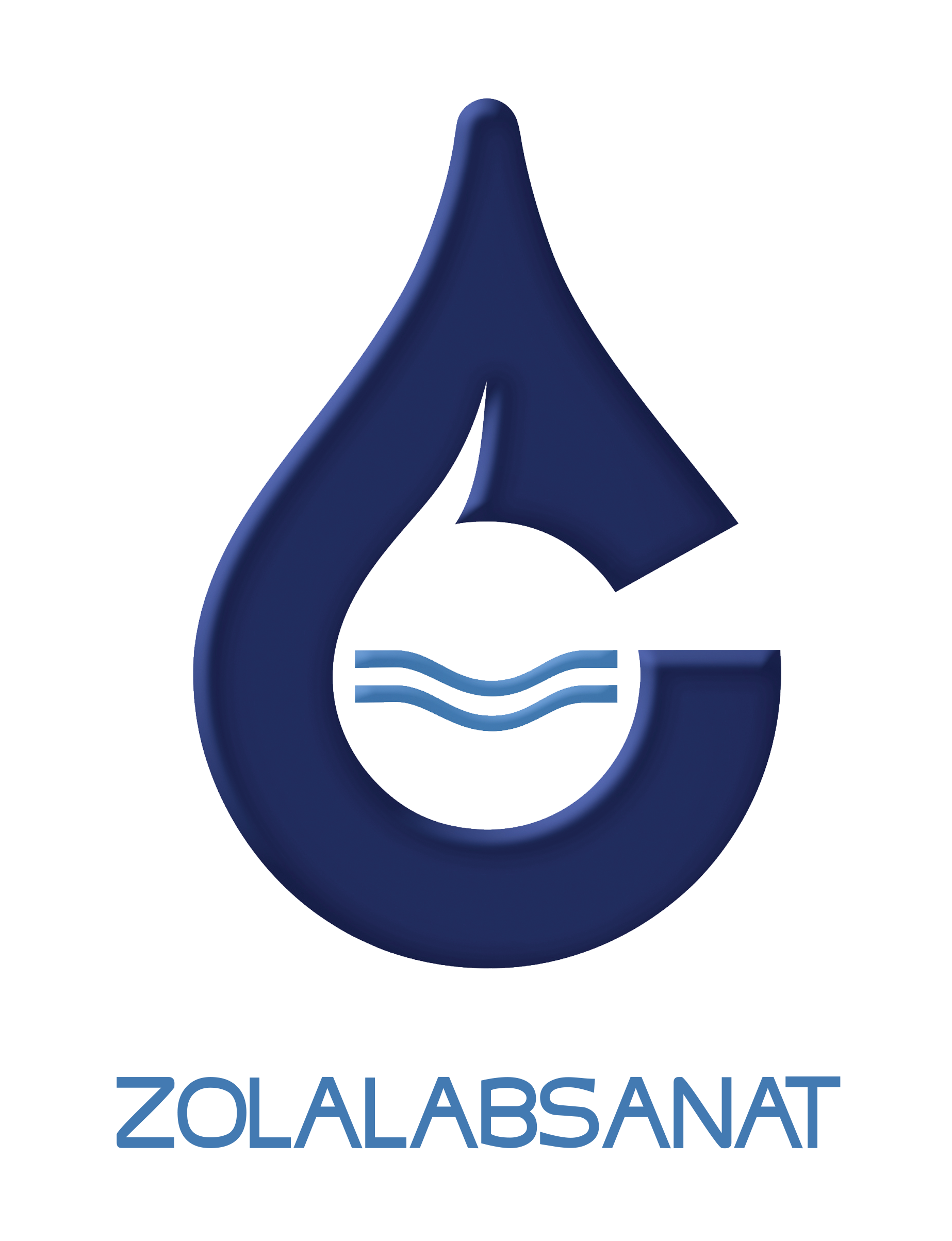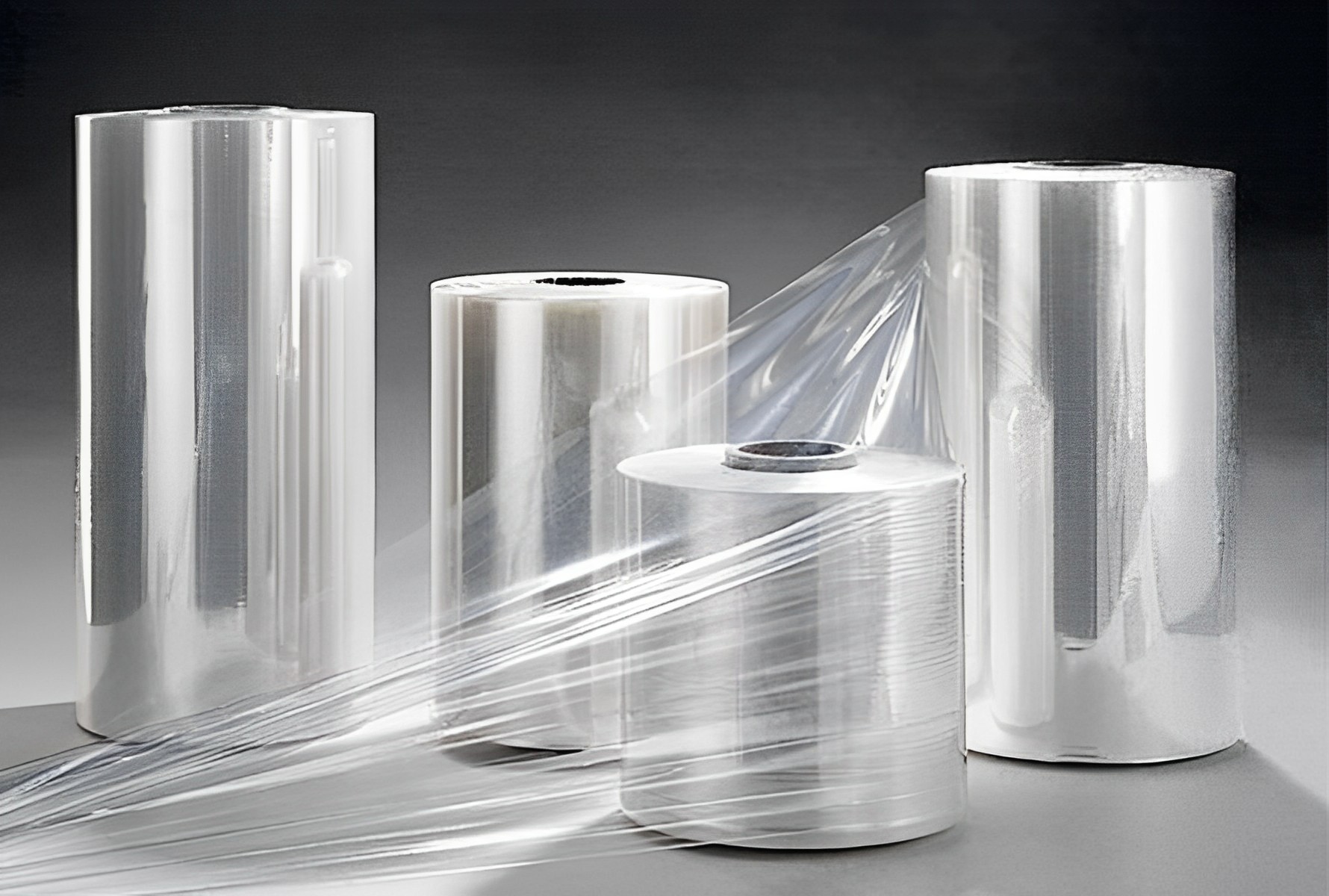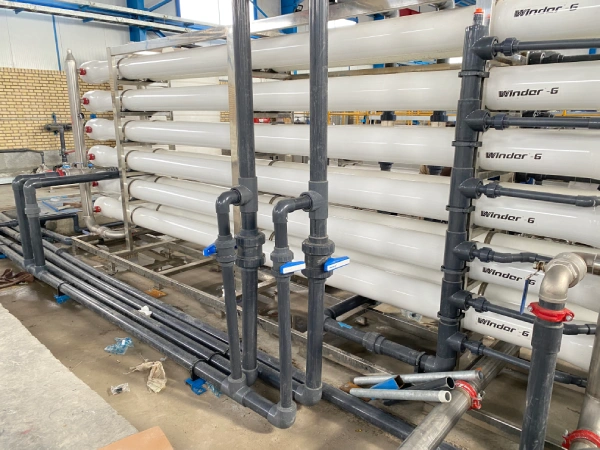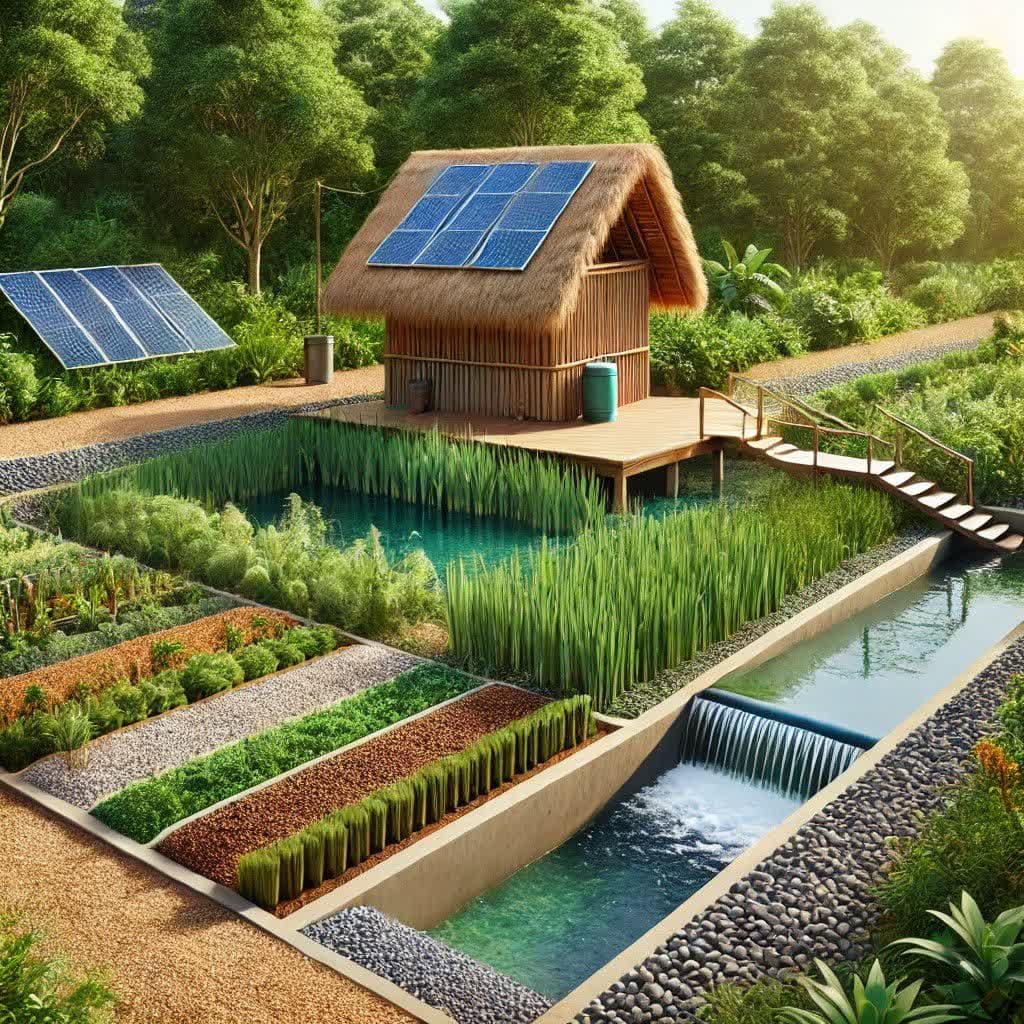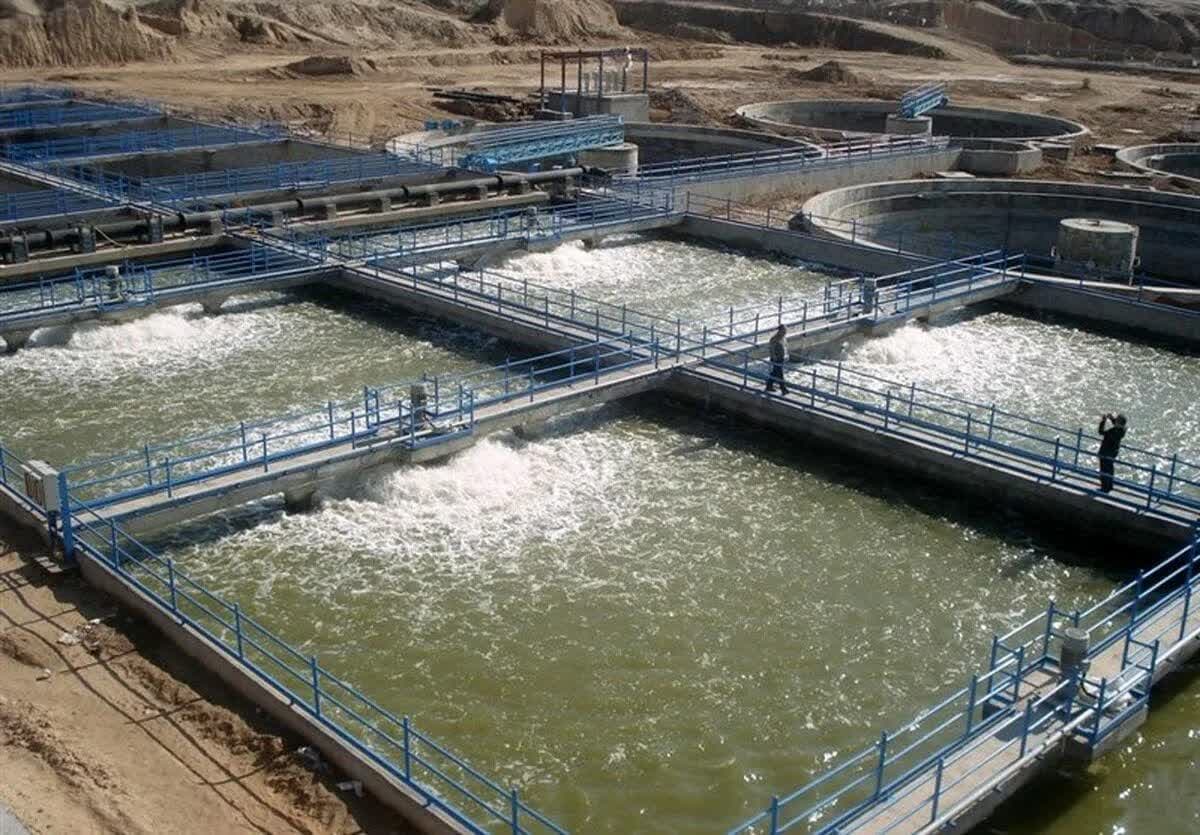Seawater Desalination: An In-Depth Overview
Seawater desalination is the process of removing salt and other impurities from seawater to make it suitable for human consumption, agriculture, and industrial uses. With the increasing global demand for freshwater and the depletion of natural freshwater resources, desalination has become an essential technology, especially in arid regions and islands that are surrounded by seawater. There are two main methods of desalinating seawater: reverse osmosis (RO) and thermal distillation. In this article, we will explore these methods in detail, including the processes, applications, advantages, and challenges.
1. Reverse Osmosis (RO) Process
Reverse osmosis is the most widely used desalination technology worldwide. It involves passing seawater through a semipermeable membrane that filters out the salts, minerals, and other impurities, leaving behind clean, fresh water. The RO process can be broken down into several key stages:
a. Pre-treatment:
Before seawater enters the reverse osmosis membrane, it undergoes pre-treatment to remove larger particles, suspended solids, and organic materials. This typically involves passing the seawater through filters to remove debris, sand, and larger particles. Pre-treatment is crucial to prevent fouling of the RO membranes and to extend their lifespan.
b. Pressurization:
Seawater is then pressurized using high-pressure pumps to force it through the semipermeable membrane. The pressure required varies depending on the salinity of the seawater, but it typically ranges from 800 to 1,000 psi (pounds per square inch). The pressure forces water molecules through the membrane, while the salts and other contaminants are left behind.
c. Separation:
As the pressurized seawater passes through the RO membrane, only the water molecules can pass through the tiny pores of the membrane. The dissolved salts and contaminants are too large to pass through, so they are separated into a brine solution that is discarded. The freshwater that passes through the membrane is collected as the purified water.
d. Post-treatment:
After the desalination process, the freshwater typically undergoes post-treatment to ensure it is safe for consumption or use. This can involve adding minerals to improve taste, disinfecting with chlorine, and adjusting the pH to meet regulatory standards.
e. Brine Disposal:
The brine, or highly concentrated seawater, that remains after desalination is usually discharged back into the ocean. However, care must be taken to dilute the brine to avoid damaging marine ecosystems due to its high salinity and temperature.
Advantages of Reverse Osmosis:
- Energy Efficiency: While reverse osmosis does require energy to pressurize the seawater, it is generally more energy-efficient than traditional thermal desalination methods.
- Modular Systems: RO plants can be built in smaller, modular units, making it easier to scale operations according to local needs.
- Widely Used: Reverse osmosis is used in desalination plants around the world and has been proven to be effective for large-scale production of potable water.
Challenges of Reverse Osmosis:
- Energy Consumption: Although RO is energy-efficient compared to distillation, it still requires significant energy to pump seawater through the membranes, especially at higher pressures for very salty water.
- Membrane Fouling: Over time, the RO membranes can become fouled by salts, organic matter, and microorganisms, which reduces their efficiency and requires regular cleaning or replacement.
- Brine Disposal: The disposal of brine is a significant environmental concern, as improperly managed brine can harm marine life and ecosystems.
2. Thermal Distillation Process
Thermal distillation mimics the natural water cycle, where seawater is evaporated, condensed into fresh water, and then collected. This method is particularly useful in regions with abundant energy resources or where seawater is particularly saline. There are several types of thermal distillation, but the two most commonly used are Multi-Stage Flash Distillation (MSF) and Multi-Effect Distillation (MED).
a. Multi-Stage Flash Distillation (MSF):
In the MSF process, seawater is heated in a series of chambers, or stages, each at progressively lower pressures. As the seawater enters the first stage, it is heated to a high temperature, causing it to evaporate. The vapor is then condensed into freshwater and collected. As the seawater moves through successive stages, the pressure is reduced, allowing it to flash (evaporate) at lower temperatures. This multi-stage process allows for efficient heat recovery, which reduces energy consumption.
b. Multi-Effect Distillation (MED):
In the MED process, seawater is evaporated in multiple stages, but each stage operates at a lower pressure than the previous one. In the first stage, seawater is heated, causing it to evaporate. The resulting vapor is then used to heat the next stage of seawater, allowing for energy recovery. This process continues in multiple stages, with each subsequent stage requiring less energy.
Advantages of Thermal Distillation:
- High-Quality Freshwater: Distillation produces high-quality freshwater with very low levels of impurities, making it ideal for drinking water.
- Less Susceptible to Fouling: Unlike reverse osmosis membranes, distillation units are not susceptible to fouling by salts and organic matter, reducing maintenance requirements.
- Good for High Salinity Water: Distillation is effective at treating seawater with very high salinity levels.
Challenges of Thermal Distillation:
- High Energy Requirements: Distillation requires a significant amount of energy, particularly to heat seawater and maintain the necessary temperatures. This makes it less energy-efficient than reverse osmosis, especially in regions with limited energy resources.
- Limited Scalability: Thermal distillation plants tend to be larger and more complex, which can make them more difficult and expensive to scale compared to reverse osmosis systems.
- Cost: Due to its high energy consumption, thermal distillation is generally more expensive to operate than reverse osmosis, making it less economically viable in some regions.
3. Applications of Desalination
Desalination plays a crucial role in addressing the water scarcity crisis in many parts of the world. Some of the key applications of desalinated water include:
- Drinking Water: In regions with limited access to freshwater sources, desalinated seawater provides a reliable and safe source of drinking water for both urban and rural populations.
- Agriculture: In some arid areas, desalinated water is used for irrigation to support agricultural production. Although desalinated water can be more expensive for irrigation, it can help mitigate the impacts of drought and water scarcity on food security.
- Industrial Uses: Desalinated water is also used in industrial processes such as power generation, manufacturing, and oil and gas extraction, where water is a critical component of operations.
- Tourism and Hospitality: Coastal tourist destinations and islands that rely on desalination ensure an adequate supply of water for residents and visitors.
4. Future of Desalination
As the global population grows and freshwater resources become more strained, desalination technology is expected to play an increasingly important role in providing reliable water supplies. Advances in energy efficiency, membrane technology, and brine management are likely to make desalination more cost-effective and environmentally sustainable in the future. Moreover, the integration of renewable energy sources, such as solar and wind power, into desalination processes could help reduce the environmental impact of these technologies.

